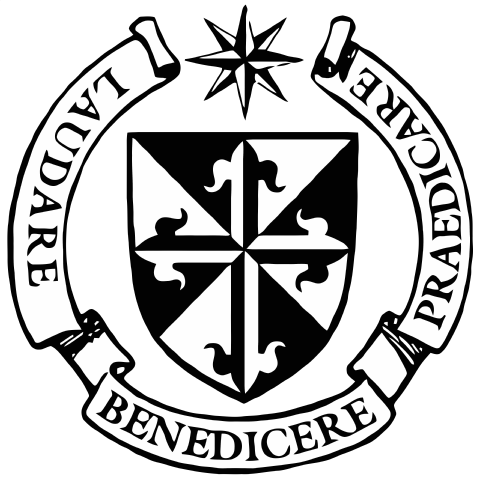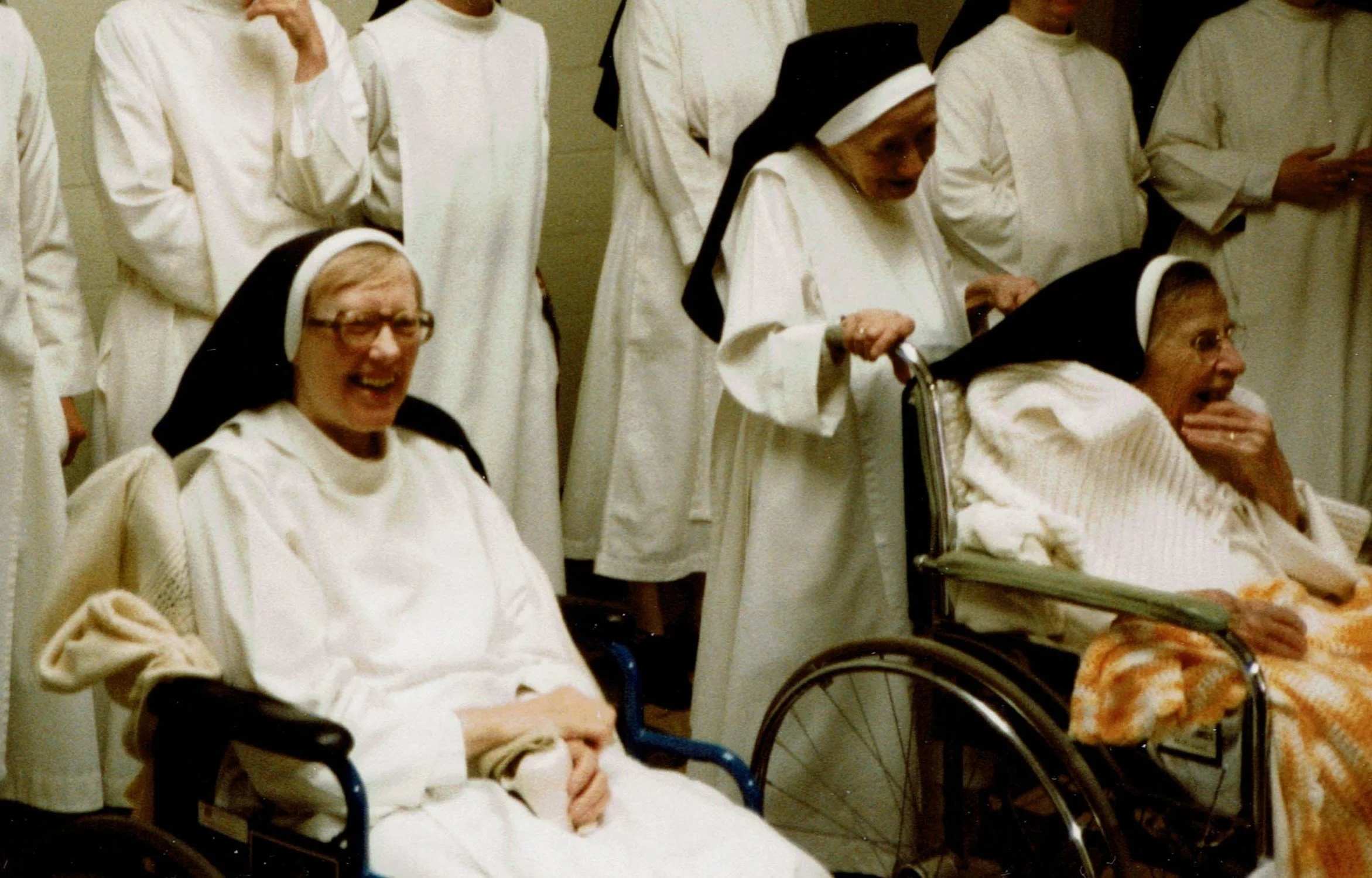Loving the Sick and Elderly
“Few people consider that things they don’t want, such as infirmities of mind and body, can be held in common just like good things they do want....”
The care of old and infirm nuns is a striking example of what “common life” means in a monastic community. The Acts of the Apostles tells us that in the early church “all who believed were together and had all things in common” (Acts 2:44). But few people consider that things they don’t want, such as infirmities of mind and body, can be held in common just like good things they do want. Truly sharing all these things for love of Christ is the ideal of monastic life.
Care of the sick and elderly in a monastery presents challenges, especially for those who do not have experience of old people or even of caring for the personal needs of small children. But the privilege of accompanying another consecrated person as she embraces the Cross of Jesus through the acceptance of suffering, and as she prepares to meet him face to face, is unparalled.
Care of the sick also involves a mutual exchange of goods. The young are edified and encouraged in their faith by the witness of faithful lives given to God for the salvation of souls. The sick and the elderly are sustained by the loving hands and prayers of their sisters in Saint Dominic in whom they see the fruits of their own self-offering.
“The intentness upon God for which each nun has left all things is a communal reality, not only in times of health but also in times of personal trial.”
The Rule of Saint Augustine hands on this ideal to all Dominican nuns: “The main purpose for your having come together is to live harmoniously in your house, intent upon God in oneness of mind and heart.” This kind of harmony is only possible where life itself is shared—where meals are taken together at the same table, clothes cleaned in the same wash, and recreation time spent together each evening. The intentness upon God for which each nun has left all things is a communal reality, not only in times of health but also in times of personal trial.
Dominican nuns have also inherited another very profound theological instinct from St. Augustine: the reality of the whole Christ, totus Christus. A keen awareness of the relationship of Christ the Head to his Body the Church permeates Our Holy Father Augustine’s whole view of religious life: the union between Christ and his members is so intimate that the two become one. This unity is glimpsed, for example, in the conversion of Saint Paul when Jesus asks “Saul, Saul, why are you persecuting me?” (Acts 9:4). He does not say, “Why are you persecuting my followers?”
Relationships between sisters in the monastery are meant to be marked by a real reverence for one another as members of the Body of Christ, but the sick share in this reverence for Christ in a special way. Saint Catherine of Siena heard God tell her that her neighbor was given to her as a flesh-and-blood object of love; the care St. Catherine could not give Him directly was to be lavished on others for His sake. This is the attitude the nuns of Our Lady of Grace have kept in sharing all things with the old and infirm for 75 years.
Please share our jubilee posts with family and friends! All pictures and texts are property of the Monastery of Our Lady of Grace and may not be reproduced without permission.

